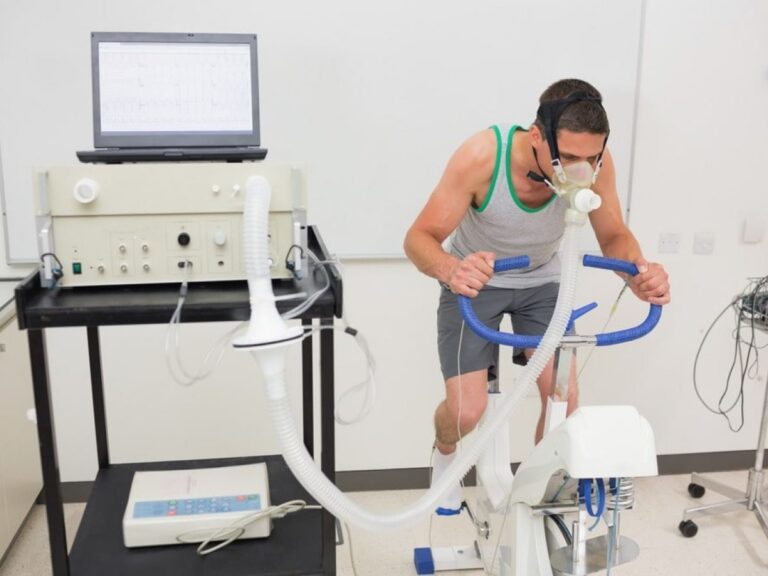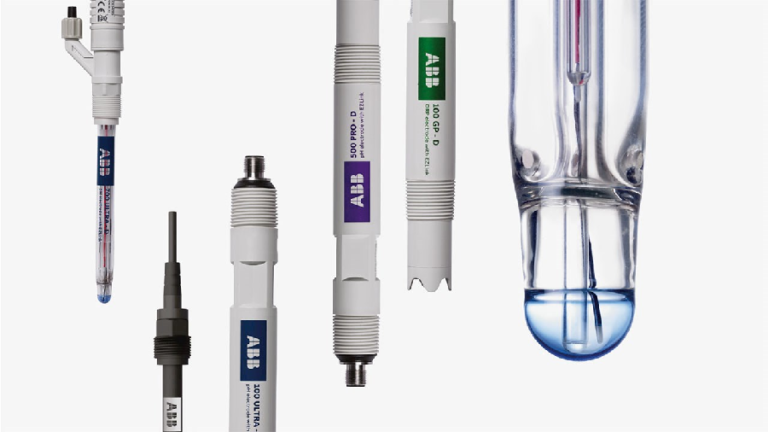The Internal Medicine Specialist is a physician who specializes in diagnosing and treating illnesses that are not...
Month: March 2022
One feature makes women different from men in their reproductive structure and function. Their reproductive system also...
Stress testing is a very common test that doctors diagnose different heart conditions. You can do a...
Nagging pain in your leg can affect how you walk around and effectively diminish your day’s productivity....
Mountain View in California is a city in the heart of Silicon Valley. It is also home...
Excess fat and skin accumulate around the middle of the stomach area during regular physical changes, including...
In a society of limitless consumer preference, finding the precise correct tool for the application can be...
Steroid drugs (known as corticosteroids) are man-made versions of natural steroids. There are several different forms of...
Brooklyn in New York is the home to many celebrities that come in for cosmetic procedures. One...
In this guide, we’ll discuss everything you need to know — from how to choose the right...














